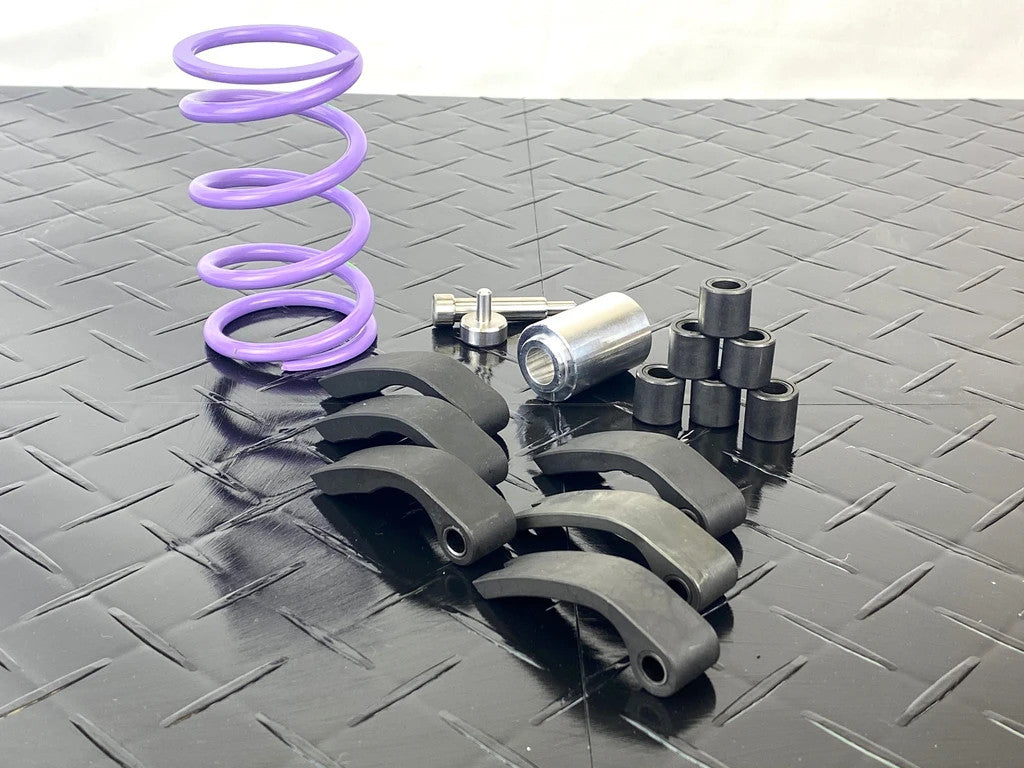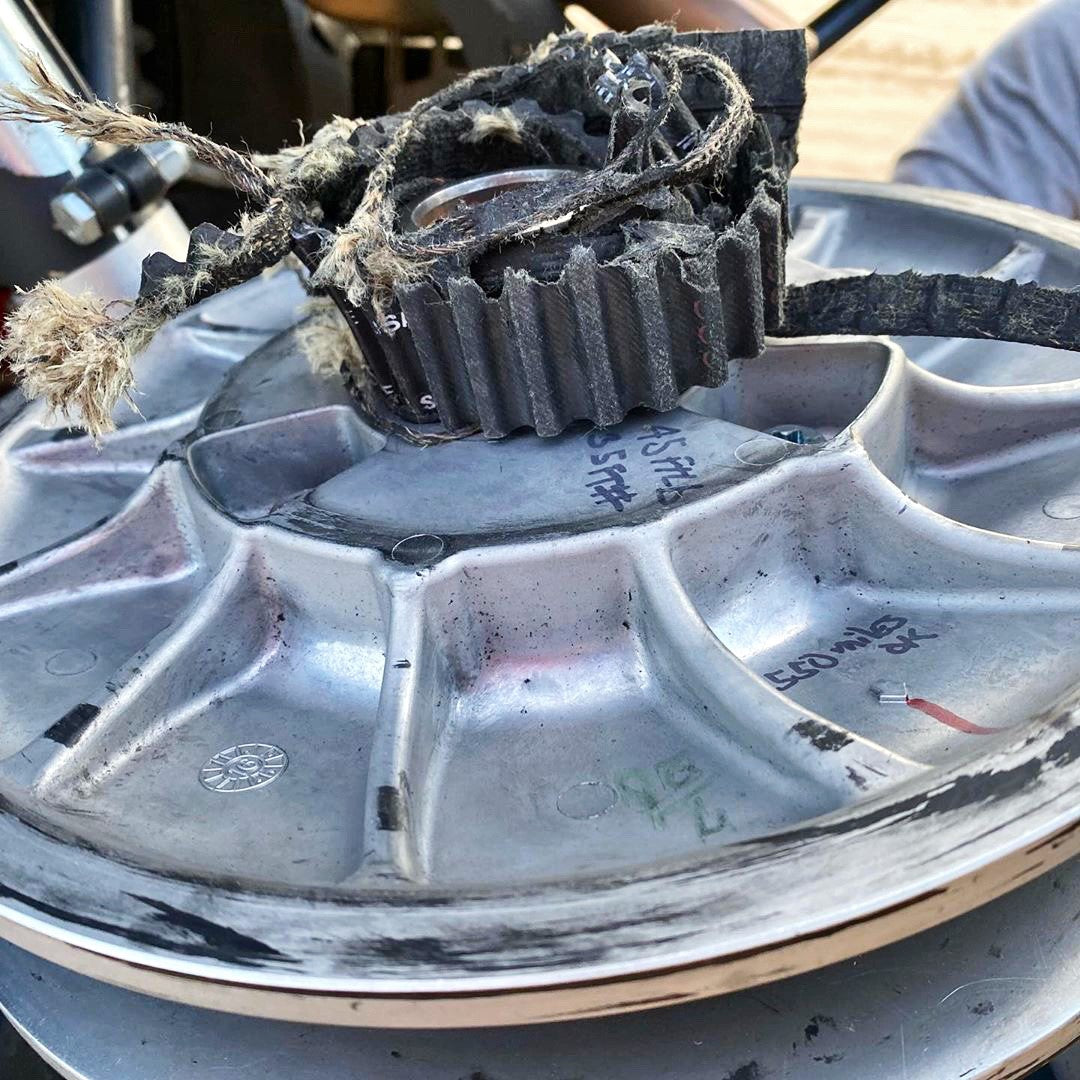Turbo Modifications OR Big Turbo Swap
We all want more power and once you start adding power you realize that tunes and simple bolt-ons don't get you very far.
Upgrading a turbo on a SxS adds significant power and will likely come with the size-able price tag. So for that reason...you should understand the different options.
Differences Between Turbo Modifications and Big Turbo Swap
The two most common options for SxS's are OEM turbo modifications and big turbo swaps. Turbo modifications retain some parts of the OEM turbo. A Turbo swap is exactly that, a whole new turbocharger. Most turbo swaps (if not all) for SxS's are a bigger than factory turbo. There are advantages and disadvantages for each option.
OEM & Modified TurbosAble to Make Power at Altitude
The Numbers You See
Power claims advertised by performance companies will make the two options seem as though they are comparable; however, in most cases they are very different.
Most SxS tuners use a dual-drum chassis dyno (aka durm dyno) to measure power output; however, some have an engine (crank) dyno or an axle-hub dyno. For the purpose of this article we are only going to talk about results on a drum dyno. Most drum dynos show around a 15-20% parasitic loss or drivetrain loss. Meaning that if you were to compare an OEM HP rating to a drum dyno rating you would see around a 15-20% difference. Example: Can-Am Maverick X3 Turbo R OEM states 172 HP crank, which roughly translates to 150 WHP on a drum dyno. The drum dyno ratings are most commonly shown are "Rear Wheel HP" or "WHP" or "RWHP".
Every dyno reads differently. Yes they can be close and yes they are calibrated but more often than not, the same SxS with the same modifications on two different dynos will put down different numbers. Further still, the location of dyno also can make a different. Dynos are calibrated for elevation but elevation changes air density. Air density can effects engine performance and cannot always be calibrated. Example: if the ECU is requesting more boost pressure than the turbo can produce due to the air density at altitude you won't see the power on the dyno. This comes into play when pushing components to their maximum potential.
Analyzing Dyno Graphs
Below is a graph that shows an OEM type setup. Note the fast ramp up in boost pressure and the boost pressure fall off after peak boost has beenachieved.

Now with a larger Garrett turbo. Note the slower ramp up in boost pressure but boost pressure remains at the optimal level until redline and there is still plenty of ceiling to continue turning up the boost pressure if desired.





